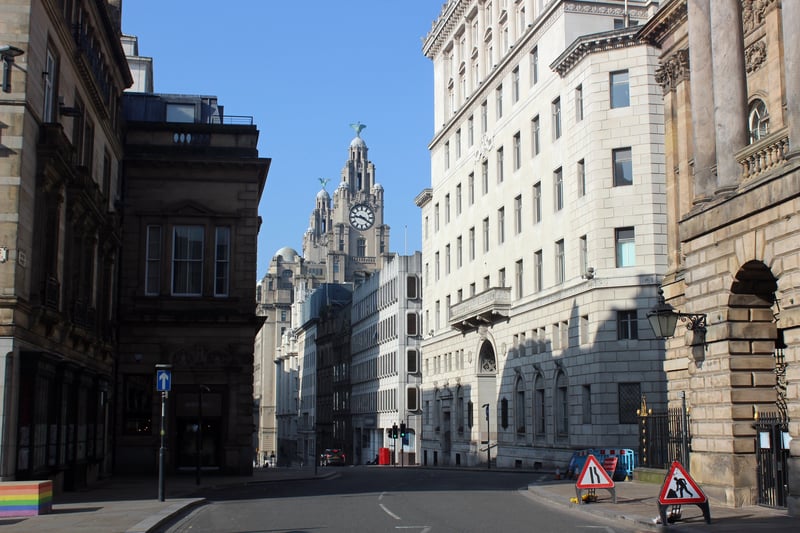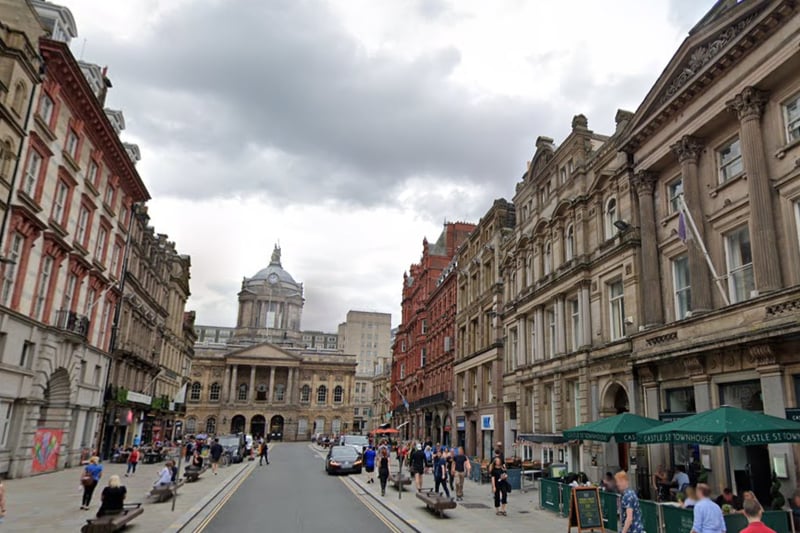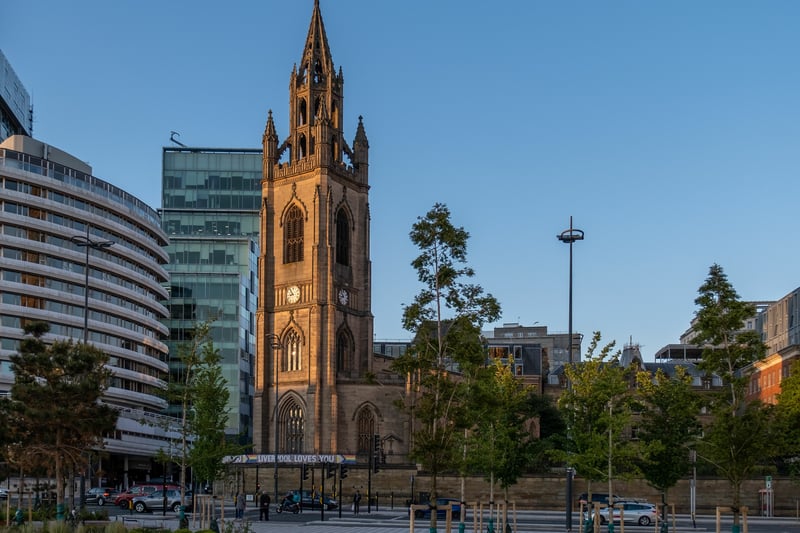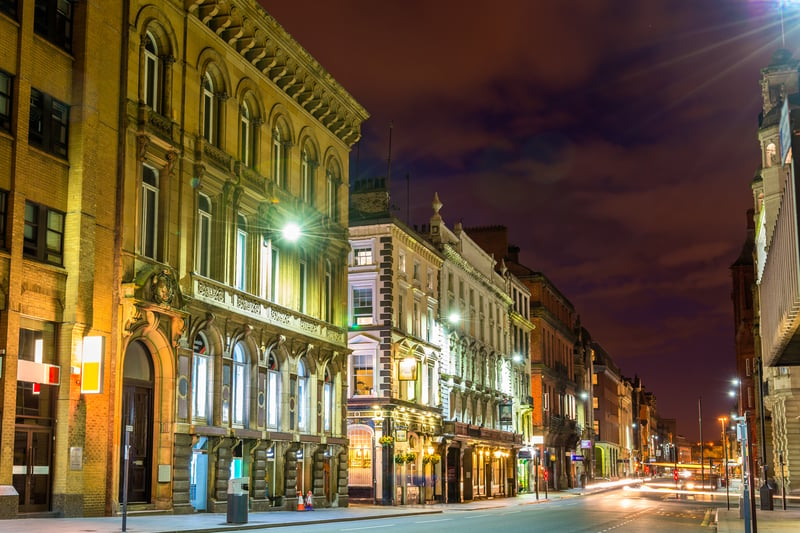Founded by King John in 1207, Liverpool originally consisted of just seven medieval streets. But from those humble beginnings the small outpost developed into one of the most significant ports in the world and evolved into the unique and wonderful city it is today.
But where are those original seven streets now, how close are they to their original layout, and how much have they changed? In this article we aim to answer all of these questions and more.
The original street plan of Liverpool is said to have been designed by King John himself at the same time he granted a royal charter to make it a borough. It was likely founded to provide a base to send men and supplies to his forthcoming campaign in Ireland and Wales.
The name Liverpool comes from the Old English lifer, meaning muddy water, and pol, meaning a pool and is first recorded around 1190 as Liuerpul. There may have been a hamlet on the site, but it wasn’t until the King’s decree that a notable settlement sprang up.
Early Liverpool was laid out in a H shape of crossed streets. Liverpool Castle was completed at the apex of the site around 1235, but it was demolished in 1720 shortly after the first of Liverpool’s now famous docks were built.
Up until that time, the nearby city of Chester on the River Dee had been the main port on the Irish Sea, but as the Dee silted up, Liverpool and the River Mersey took over. Global trade and huge profits from the transatlantic slave trade saw the city boom.
Many of the streets you walk down today have names linked to the slave trade and plaques are being installed on these roads explaining a dark history.
The city’s new-found wealth helped transform the layout of the existing streets, roads and buildings but the majority of those seven original streets from 1207 still remain, in one form or another. Take a journey with us as we travel down them and share their history.

1. Bank/Bonke Street (now Water Street)
Water Street dates back to the founding of Liverpool in 1207 and was originally called Bonke Street - a dialect word meaning the bank of a river - before becoming Bank Street and then Water Street, in the 1520s. BBC History tells us: “It’s one of Liverpool’s oldest streets and it was the main approach from the river, at the foot of which travellers landed on the sandy seashore of the town, from the monks’ ferry at Birkenhead, or from Ireland.” Its most famous building was the Tower, which stood from 1252 and was demolished and rebuilt in various guises - including a jail with dungeons - until the current building, constructed in 1908, remained standing opposite the Liver Building. Water Street is in the Commercial District and a conservation area with numerous Georgian and Victorian listed buildings. Photo: calumsmith0308 - stock.adobe.com

2. Castle Street
Liverpool Castle, the stronghold from which this street got its name, was built by the 4th Earl of Derby in 1232 to protect King John’s new port town of Liuerpul. It stood in what is now called Derby Square, but was demolished in 1720. The Grade I-listed Liverpool Town Hall building now stands at the opposite end of a street lined with historic Victorian buildings. Castle Street was once a site for medieval fairs and craftsmen and is now a bustling food quarter with a European alfresco feel. Photo: Google Street View

3. Chapel Street
Chapel Street is another one of Liverpool’s original roads constructed to run down to the river. Thought to be named after the chapel of St Mary Del Quay, which is first mentioned in records in the mid-13th century. It was an extension of the mother parish church in Walton mentioned in the Domesday Book. By 1362 the population of Liverpool had grown to about 1,000 people and a larger chapel was constructed and dedicated to St Nicholas, patron saint of mariners. The Chapel was later succeeded by Liverpool Parish Church Our Lady and Saint Nicholas, which still stands on the corner of Chapel Street. The Remains of the medieval church can still be seen in the foundations of the 19th century tower. Photo: David Bond/Wirestock Creators - stock.adobe.com

4. Dale Street
Dale Street is one of the earliest streets in Liverpool and was included in the 1207 King John Charter. A historical investigation by Oxford Archaeology reveals: “Dale Street takes its name from the dale or open fields to which it led. This dale was located at the east end of the street and was accessible via a stone bridge which crossed the neck of the pool near the Gallows Field and the Great Heath, now the site of some of Liverpool’s most superior neo-classical buildings, including St Georges Hall and the William Brown Library.” The street was fully paved by the end of the Tudor period (1485-1603). By 1766 Dale Street was flourishing and the most populous street in the town, with its pubs becoming extremely important places to meet. Still today, Dale Street is home to some of the oldest and Grade II-listed pubs in the city. Photo: Leonid Andronov - stock.adobe.com
